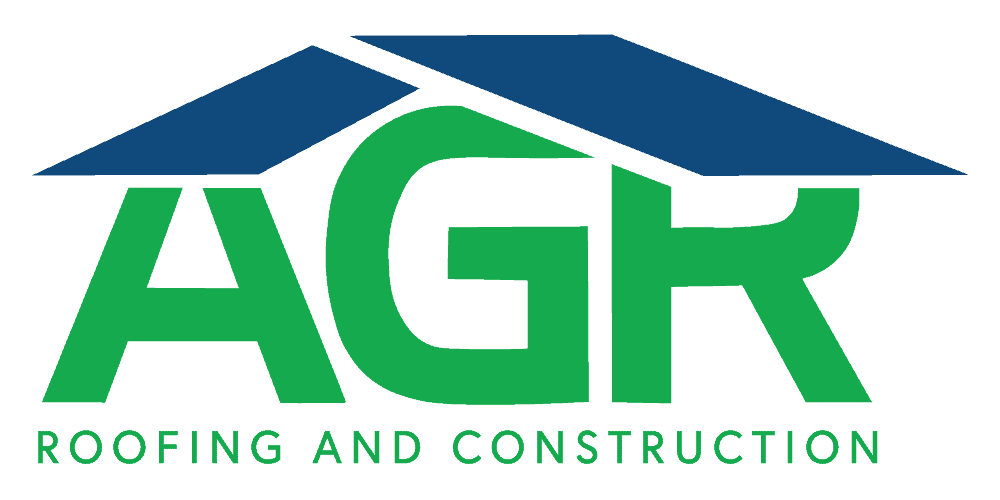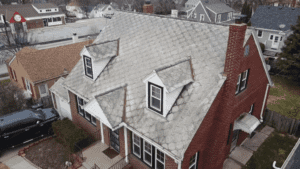When people think about roofing, they usually picture shingles, gutters, or leaks. But one of the most crucial—and most overlooked—elements of your roofing system is ventilation. Without it, your attic becomes a breeding ground for moisture, heat, and damage that can quietly shorten the life of your entire roof.
Proper roof ventilation is not just a “nice-to-have”—it’s essential to the long-term performance and health of your home. At AGR, we often find that homeowners don’t realize they have ventilation issues until major damage is already done. Here’s why roof ventilation matters more than you might think—and what you can do about it.
1. It Prevents Moisture Buildup
Let’s start with moisture. Your attic isn’t meant to be a sealed space. Everyday household activities—cooking, showering, even breathing—release moisture into the air, and that humid air can rise into the attic. Without proper ventilation, that moisture becomes trapped, leading to condensation.
Over time, condensation causes wood rot, weakens your roof structure, and creates an ideal environment for mold and mildew. This not only damages your home—it can also affect your health. Mold spores can circulate through HVAC systems and aggravate allergies or respiratory conditions.
Proper airflow—typically through a combination of intake (soffit vents) and exhaust (ridge or roof vents)—lets moist air escape, keeping your attic dry and your structure safe.
2. It Regulates Temperature in All Seasons
In summer, a poorly ventilated attic can become a literal oven, reaching temperatures of 130°F to 150°F. That trapped heat doesn’t just stay in the attic—it radiates downward, making your home harder to cool and increasing your reliance on air conditioning.
In winter, poor ventilation traps warm, moist air inside, which can lead to condensation and ice dams. Ice dams form when snow on the roof melts, runs down, and then refreezes at the eaves, causing water to back up under your shingles. That’s a recipe for leaks, insulation damage, and even collapsed ceilings.
A well-ventilated roof helps balance the temperature between your attic and the outdoors, preventing both summer overheating and winter ice damming.
3. It Improves Energy Efficiency
Ventilation directly affects your home’s energy performance. When your attic gets too hot, your HVAC system has to work overtime to cool the living spaces below. That means higher energy bills and more wear-and-tear on your heating and cooling equipment.
By allowing hot air to escape and cooler air to circulate, proper ventilation reduces the need for artificial cooling. It helps your insulation perform better and creates a more consistent indoor temperature throughout the year.
In many cases, homes with balanced ventilation systems can reduce their cooling costs by up to 10-15%, depending on climate and insulation levels.
4. It Extends the Life of Your Roof
Your roof takes a beating from the sun, wind, and weather every single day. Without ventilation, that wear and tear accelerates—especially from trapped heat and moisture.
Excess heat causes your roofing materials to expand and contract more than they should. Over time, this thermal cycling leads to cracked shingles, warped decking, and fastener failures. Moisture can also corrode metal components and degrade the adhesive used in roofing systems.
By maintaining a balanced airflow, ventilation helps reduce the stress on your roof and extends its lifespan by several years, potentially saving you thousands in premature repairs or replacement.
5. How Do You Know If Your Roof Is Properly Ventilated?
Many homeowners aren’t sure what their attic ventilation setup looks like—and that’s understandable. Most of the system is hidden from view. But here are a few warning signs that your home may have ventilation issues:
- Hot upstairs rooms in summer
- Musty smells or visible mold in the attic
- Frost or condensation on rafters or insulation
- Peeling paint or warped wood around roof edges
- Ice dams forming in winter
If any of these symptoms sound familiar, it’s worth having a professional take a look.
6. The Right Ventilation System
The key to effective attic ventilation is balance: for every exhaust vent letting hot air out, you need an intake vent allowing fresh air in.
Here are the most common types:
- Soffit Vents (intake): Located under the eaves, drawing in cooler air.
- Ridge Vents (exhaust): Run along the roof’s peak to let hot air rise and escape.
- Gable Vents: Mounted on the sides of your attic; less efficient but still common.
- Powered Attic Fans: Help boost airflow in especially hot or humid climates, but must be installed carefully to avoid pulling conditioned air from the home.
Every roof is different, so the right system depends on your roof pitch, attic size, local climate, and even your home’s age.
7. Trust AGR to Get It Right
At AGR, we’ve inspected thousands of roofs across [insert your service area], and poor ventilation is one of the most common—and most preventable—problems we see. Whether you’re dealing with moisture issues, high energy bills, or just want to maximize the lifespan of your roof, we’re here to help.
Our team can assess your attic’s ventilation and recommend a solution tailored to your home. Often, fixing the problem is faster and more affordable than you’d think.
Ready for a Ventilation Check?
If you’re unsure whether your roof ventilation is doing its job, don’t wait for signs of damage to appear. Contact AGR today to schedule a free inspection or ventilation assessment. A little airflow goes a long way in protecting your biggest investment—your home.





